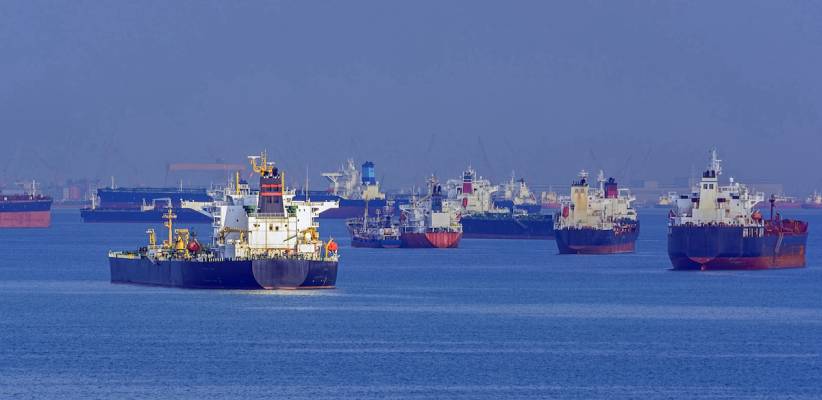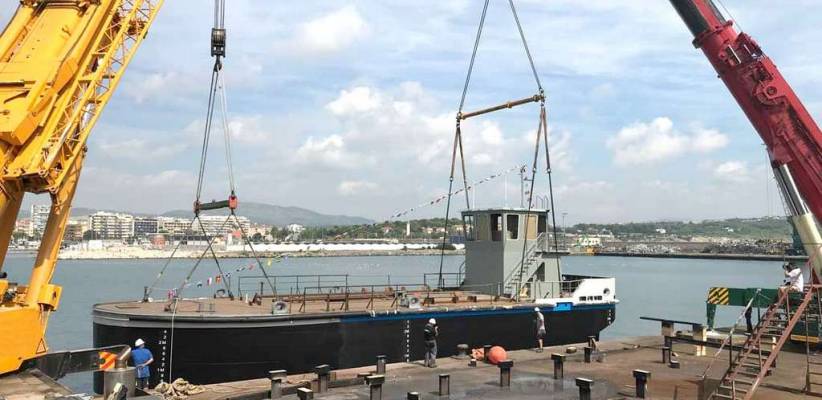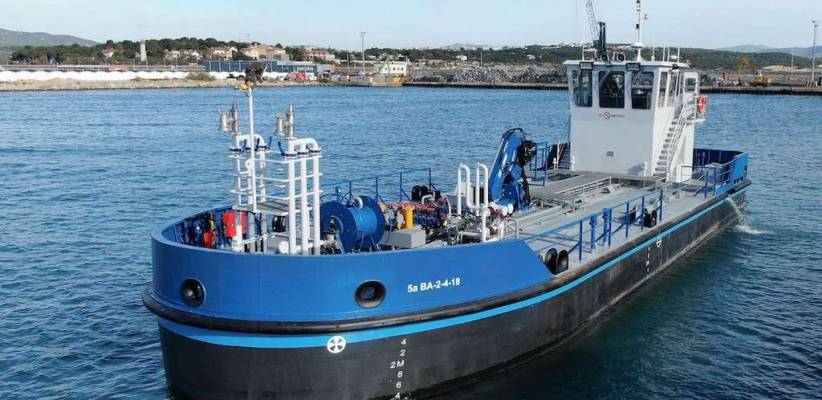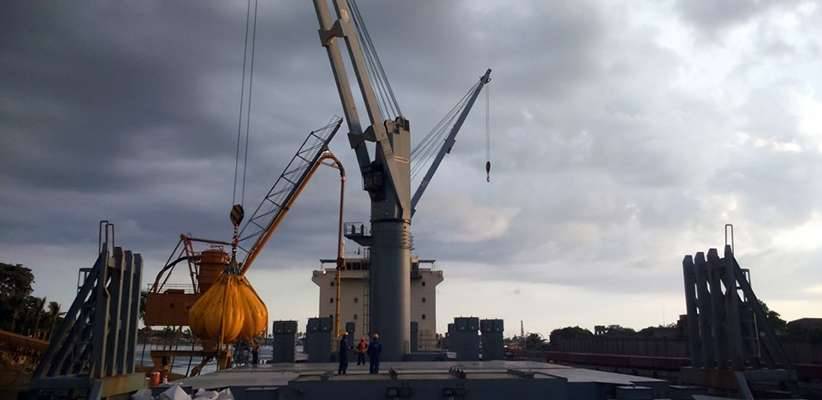Ammonia, also called ammonium gas or formulated as nitrogen trihydride, is a chemical compound that we usually associate with cleaning products due to its powerful degreasing power. However, its peculiar characteristics make ammonia a potential efficient fuel for vessels, although it is still being tested by researchers from shipowners around the world.
The role of the maritime sector in the energy transition
The growing concern about the advance of climate change already affects all industries. While many environmental groups consider the famous Paris Agreement against global warming as insufficient, many sectors are experiencing an unprecedented energy transition.
The International Maritime Organisation (IMO) adopted in 2018 two mandatory measures to reduce greenhouse gas (GHG) emissions from ships, under the treaty to prevent marine pollution (MARPOL Convention): the energy efficiency index project (EEDI), mandatory for new ships and the Ship’s Energy Efficiency Management Plan (SEEMP).
With all this, the IMO declares that the implementation of new biofuels or alternative energy sources, a phase that is currently in full investigation, is a key step to reduce GHG emissions from international shipping.
Emission-free ships due to ammonia
Ammonia has been recognised as one of the possible fuels of the future for shipping, along with biodiesel, hydrogen and bioethanol, all of which are carbon neutral.
According to the researchers, the use of ammonia as a fuel for ships is environmentally viable and, furthermore, it does not require a high level of technical expertise for its use as renewable energy compared to other alternatives.
With the combustion of pure ammonia, in the same way that happens with the generation of electrical energy in a hydrogen fuel cell, the emissions are limited to the vapours of water and hot air in both cases, although ammonia has several advantages with respect to to hydrogen; It is non-explosive, has a higher volumetric energy density, and is significantly easier to liquefy for storage and transportation, making it a more cost-effective alternative.
ShipFC project, first acid test
The ShipFC project, which received financial support with 10 million euros from the EU, aims to install the first ammonia-based fuel cell on a ship. Coordinated by the Norwegian organisation NCE Maritime CleanTech, the project consists of transforming an off-shore ship, Viking Energy, installing a large 2 MW ammonia fuel cell, which should allow the ship to navigate for 3,000 hours per year.
Other alternative fuels for marine engines
The introduction of alternative fuels and / or energy sources for international shipping will be critical to meeting IMO’s emissions ambitions.
Besides ammonia, other alternative fuels like synthetic methane, hydrogen and methanol could be considered to improve the energy efficiency of vessels. It is important to remember that internal combustion engines can be adapted to burn any fuel. Dual or positive-ignition engines can use liquefied natural gas (LNG) from fossil sources, biomass or synthetic, while diesel engines can run on liquid biofuels, biodiesel, or synthetic diesel.
This is something tremendously positive, since the modularity of modern engines allows that conversions for the use of each fuel can be carried out with the exchange of a few parts. This greatly facilitates the energy transition of the maritime industry from conventional fossil fuels to biofuels and synthetics.





